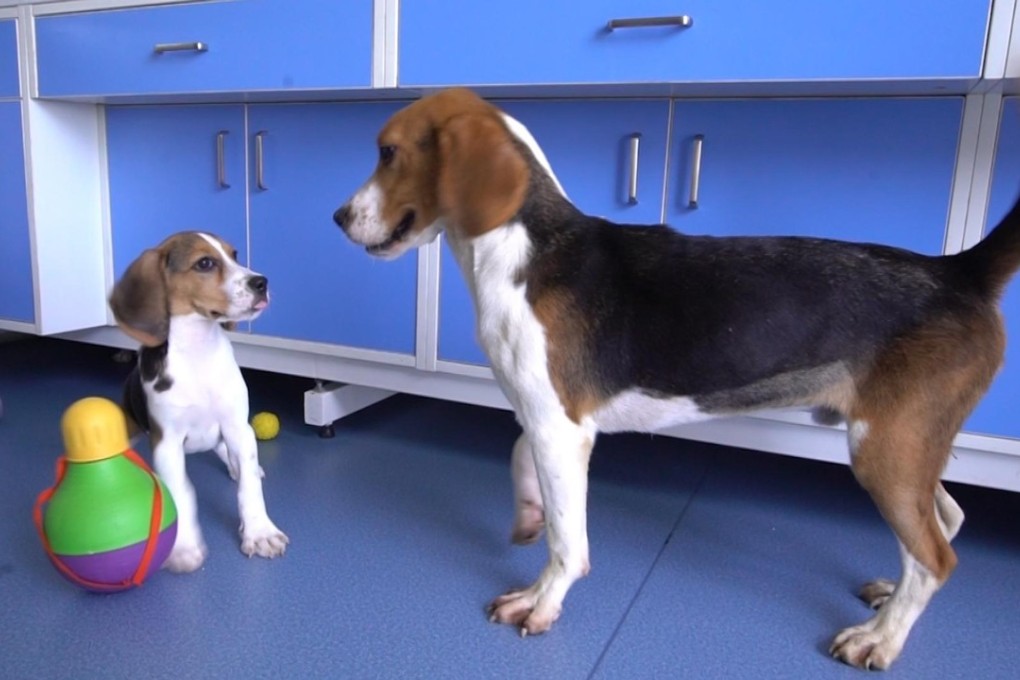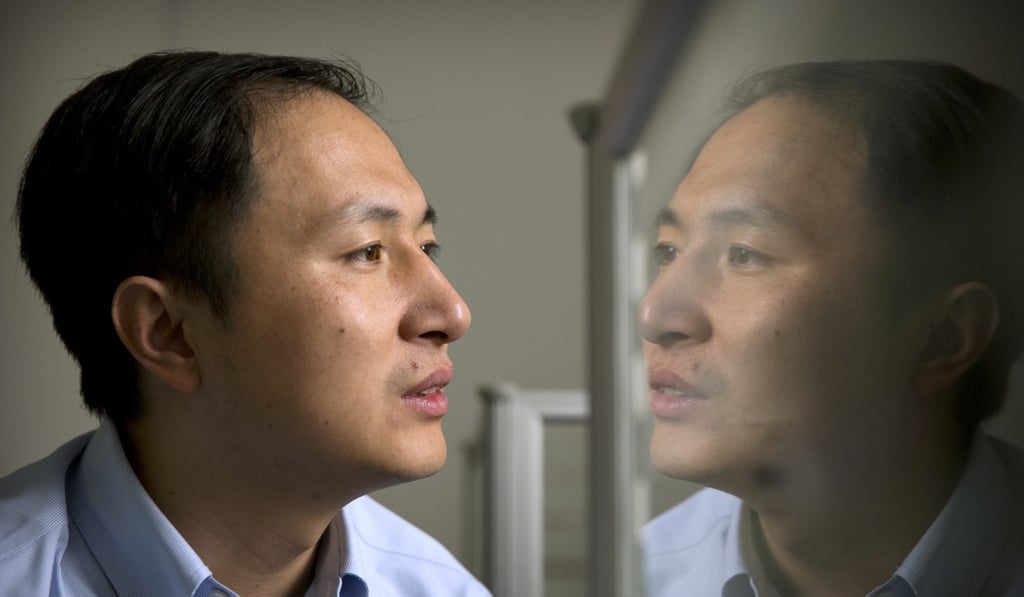Advertisement
Before gene-edited babies, how Chinese scientists created super-strong dogs … and autistic monkeys
- Some researchers tinkered with the genes of animals so they would have conditions seen in humans they wished to study or find cures for
- Others gave animals potentially useful attributes, such as dogs with bigger muscles that could run faster
Reading Time:2 minutes
Why you can trust SCMP

Following Chinese scientist He Jiankui’s claim this week to have created the world’s first genetically edited babies – twin girls Nana and Lulu – the use of the technology that made this possible has come under international scrutiny.
Here are some of the other ways Chinese scientists have used CRISPR-Cas9 (CRISPR being short for clustered regularly interspaced short palindromic repeats) to edit genomes:
What is gene editing? Who’s doing it? And is it right?
1. World’s first cloned dog
Advertisement
Last year, Chinese scientists claimed to be the first in the world to clone a dog using CRISPR-Cas9.
The dog in question is a beagle named Longlong, cloned from another dog, Apple. Since Apple’s genes were modified to develop a blood-clotting disorder, Longlong also inherited the disease.
Advertisement

Advertisement
Select Voice
Choose your listening speed
Get through articles 2x faster
1.25x
250 WPM
Slow
Average
Fast
1.25x